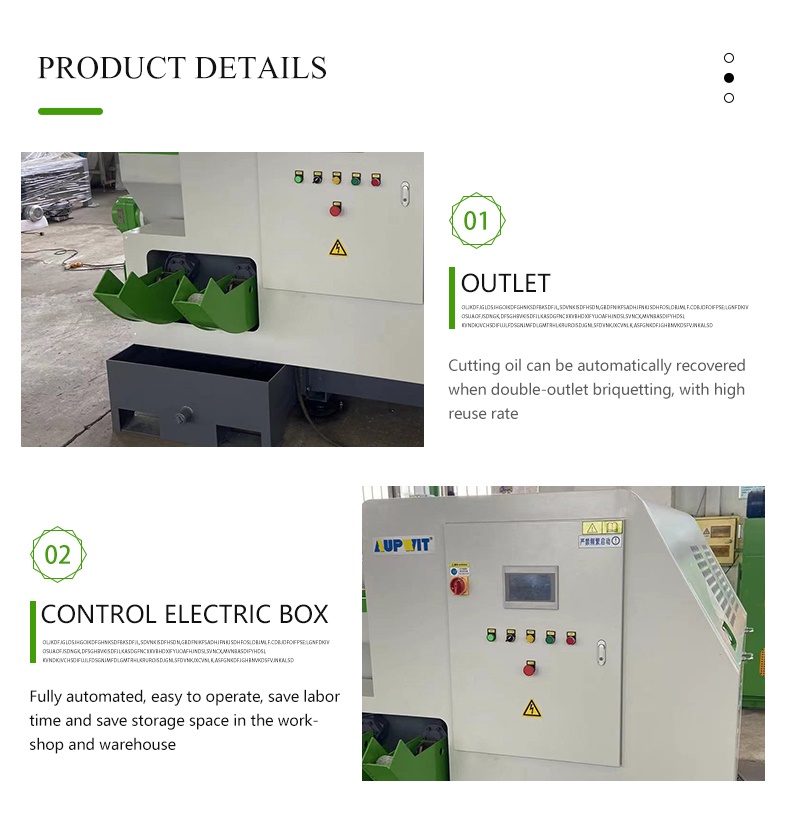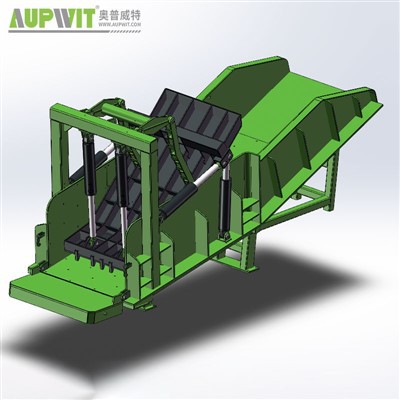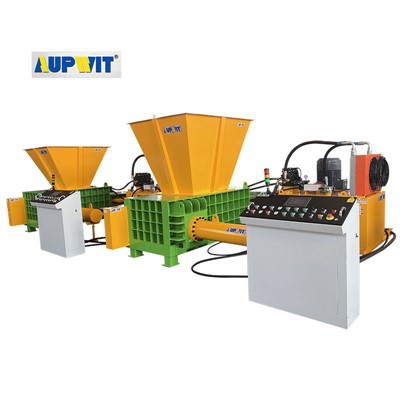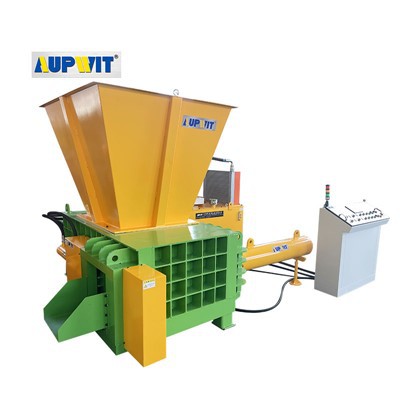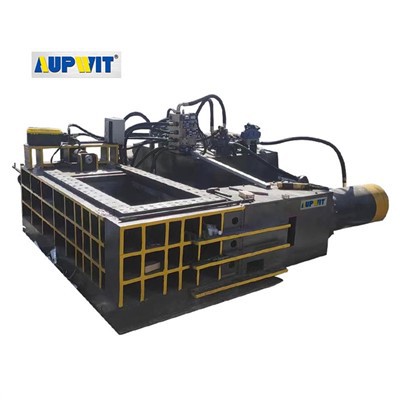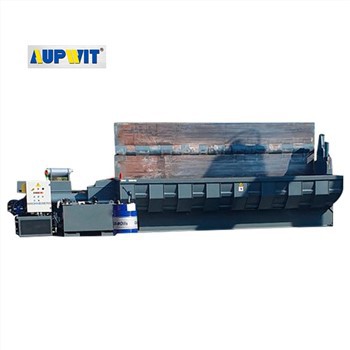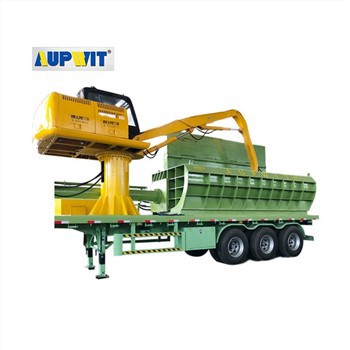Choose an energy-efficient Briquetting Press, and give priority to equipment with advanced technology and energy-saving design. For example, a briquetting press equipped with a variable frequency motor can automatically adjust the speed according to actual production needs to avoid long-term full-load operation of the motor, which can significantly reduce energy consumption compared to traditional motors; choose equipment with an energy recovery system to recycle and reuse the excess energy generated during the pressing process.
Reasonably adjust process parameters: accurately set pressure, pressing speed and holding time according to material characteristics. For materials with lower hardness, appropriately reducing the pressing pressure and speed can not only meet the molding requirements, but also reduce energy consumption; optimize the holding time to avoid energy waste caused by excessive holding. Through multiple tests, find the best parameter combination to achieve a balance between energy consumption and production efficiency. 2. Do a good job of material pretreatment
Fully pretreat the materials entering the briquetting press to control the particle size, humidity and uniformity of the materials. Materials with uniform particle size and appropriate humidity require less pressure during the pressing process, which can effectively reduce energy consumption. For example, crushing the material to a suitable particle size and drying it to make the material moisture meet the standard can reduce the pressing resistance and reduce the equipment operation load.
3. Regularly maintain the equipment
Establish a complete equipment maintenance system and regularly check the hydraulic system, transmission parts, etc. Replace worn seals in time to prevent hydraulic oil leakage and energy loss; maintain key components such as hydraulic pumps and motors to ensure that they are in an efficient operating state; clean up the accumulated materials and impurities inside the equipment to reduce operating resistance and energy consumption.
4. Optimize production management
Rationally arrange production plans to avoid frequent start and stop of equipment. A continuous and stable production process can reduce the high energy consumption stage when the equipment is started; provide energy-saving operation training to operators so that they can master the correct equipment operation methods to avoid long-term high-load operation of the equipment due to improper operation, thereby reducing overall energy consumption.
